Filter by
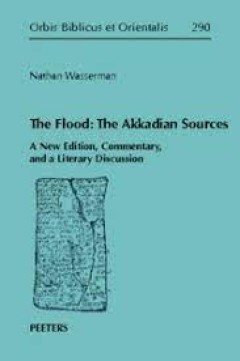
The Flood: The Akkadian Sources A New Edition, Commentary, and a Literary Di…
The story of the primeval cataclysmic flood which wiped out all life on earth, save for one family, is found in different ancient Mesopotamian texts whence it reached the Biblical and Classical literary traditions. The present book systematically collects the earliest attestations of the myth of the Flood, namely all the cuneiform-written Akkadian sources – from the Old Babylonian to the Neo-…
- Edition
- -
- ISBN/ISSN
- -
- Collation
- -
- Series Title
- -
- Call Number
- -
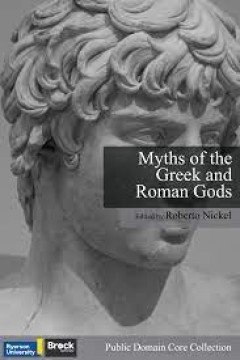
Myths of the Greek and Roman Gods
In book 8 of the Odyssey, Odysseus is a guest of the Phaeacians, a mythical people renowned for their knowledge of ships and the sea. In the extract below, a festival that involves athletic games, dancing, and song, the poet Demodocus (“the minstrel” of the opening line) entertains the assembled guests by reciting the myth of how Hephaestus caught his wife Aphrodite in their marriage bed…
- Edition
- -
- ISBN/ISSN
- -
- Collation
- -
- Series Title
- -
- Call Number
- 390 MYT
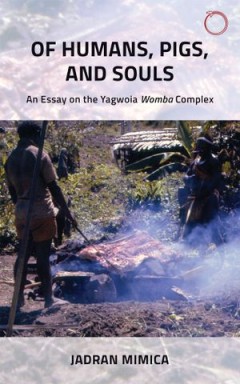
Of Humans, Pigs, and Souls : An Essay on the Yagwoia Womba Complex
For the Yagwoia-Angan people of Papua New Guinea womba is a malignant power with the potential to afflict any soul with cravings for pig meat and human flesh. Drawing on long-term research among the Yagwoia, and in an analysis informed by phenomenology and psychoanalysis, Jadran Mimica explores the womba complex in its local cultural-existential determinations and regional permutations. He atte…
- Edition
- -
- ISBN/ISSN
- 9781912808311
- Collation
- -
- Series Title
- -
- Call Number
- -

The Juggler of Notre Dame and the Medievalizing of Modernity: Volume 6 War a…
"This ambitious and vivid study in six volumes explores the journey of a single, electrifying story, from its first incarnation in a medieval French poem through its prolific rebirth in the nineteenth and twentieth centuries. The Juggler of Notre Dame tells how an entertainer abandons the world to join a monastery, but is suspected of blasphemy after dancing his devotion before a statue of the …
- Edition
- -
- ISBN/ISSN
- 9781783745418
- Collation
- -
- Series Title
- -
- Call Number
- -

The Juggler of Notre Dame and the Medievalizing of Modernity: Volume 5 Tumbl…
The ANZUS Alliance was a defence arrangement between Australia, New Zealand and the United States that shaped international policy in the aftermath of the Second World War and the early stages of the Cold War. Forged by influential individuals and impacting on global events including the Japanese Peace Treaty, the Korean War and the Suez Crisis, the ANZUS Alliance was a crucial factor in the se…
- Edition
- -
- ISBN/ISSN
- 9781783745364
- Collation
- -
- Series Title
- -
- Call Number
- -
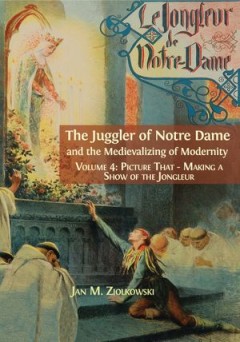
The Juggler of Notre Dame and the Medievalizing of Modernity: Volume 4 Pictu…
Born into a distinguished aristocratic family of the old Habsburg Empire, Hermynia Zur Mühlen spent much of her childhood and early youth travelling in Europe and North Africa with her diplomat father. Never comfortable with the traditional roles women were expected to play, she broke as a young adult both with her family and, after five years on his estate in the old Czarist Russia, with her …
- Edition
- -
- ISBN/ISSN
- 9781783745319
- Collation
- -
- Series Title
- -
- Call Number
- -
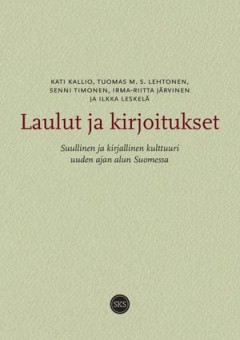
Laulut Ja Kirjoitukset Suullinen Ja Kirjallinen Kulttuuri Uuden Ajan Alun Su…
"Songs and writings: oral and literary cultures in early-modern Finland renews the understanding of exchange between the learned culture of clergymen and the culture of commoners, or “folk”. What happened when the Reformation changed the position of the oral vernacular language to literary and ecclesiastical, and when folk beliefs seem to have become an object for more intensive surveillanc…
- Edition
- -
- ISBN/ISSN
- 9789522228604
- Collation
- -
- Series Title
- -
- Call Number
- -
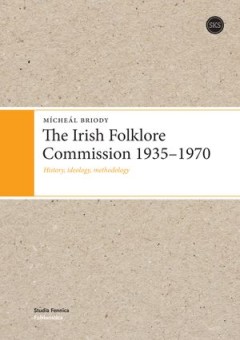
The Irish Folklore Commission 1935-1970: History, Ideology, Methodology
Between 1935 and 1970 the Irish Folklore Commission (Coimisiún Béaloideasa Éireann), under-funded and at great personal cost to its staff, assembled one of the world’s largest folklore collections. This study draws on the extensive government files on the Commission in the National Archives of Ireland and on a wide variety of other primary and secondary sources, in order to recount and ass…
- Edition
- -
- ISBN/ISSN
- 9789517469470
- Collation
- -
- Series Title
- -
- Call Number
- 909.82 BRI i
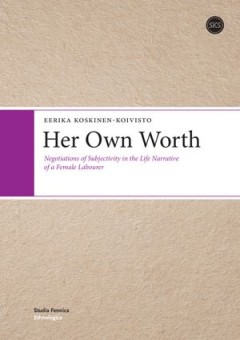
Her Own Worth: Negotiations of Subjectivity in The Life Narrative of a Female…
In this study, I examine the life narrative of a female factory labourer, Elsa Koskinen (née Kiikkala, born in 1927). I analyze her account of her experiences related to work, class and gender because I seek to gain a better understanding of how changes in these aspects of life influenced the ways in which she saw her own worth at the time of the interviews and how she constructed her subjecti…
- Edition
- -
- ISBN/ISSN
- 9789522226099
- Collation
- -
- Series Title
- -
- Call Number
- 301 KOS h

Of Humans, Pigs, and Souls: An Essay on the Yagwoia Womba Complex
For the Yagwoia-Angan people of Papua New Guinea womba is a malignant power with the potential to afflict any soul with cravings for pig meat and human flesh. Drawing on long-term research among the Yagwoia, and in an analysis informed by phenomenology and psychoanalysis, Jadran Mimica explores the womba complex in its local cultural-existential determinations and regional permutations. He atte…
- Edition
- -
- ISBN/ISSN
- 9781912808311
- Collation
- -
- Series Title
- -
- Call Number
- 301 MIM h
 Computer Science, Information & General Works
Computer Science, Information & General Works  Philosophy & Psychology
Philosophy & Psychology  Religion
Religion  Social Sciences
Social Sciences  Language
Language  Pure Science
Pure Science  Applied Sciences
Applied Sciences  Art & Recreation
Art & Recreation  Literature
Literature  History & Geography
History & Geography